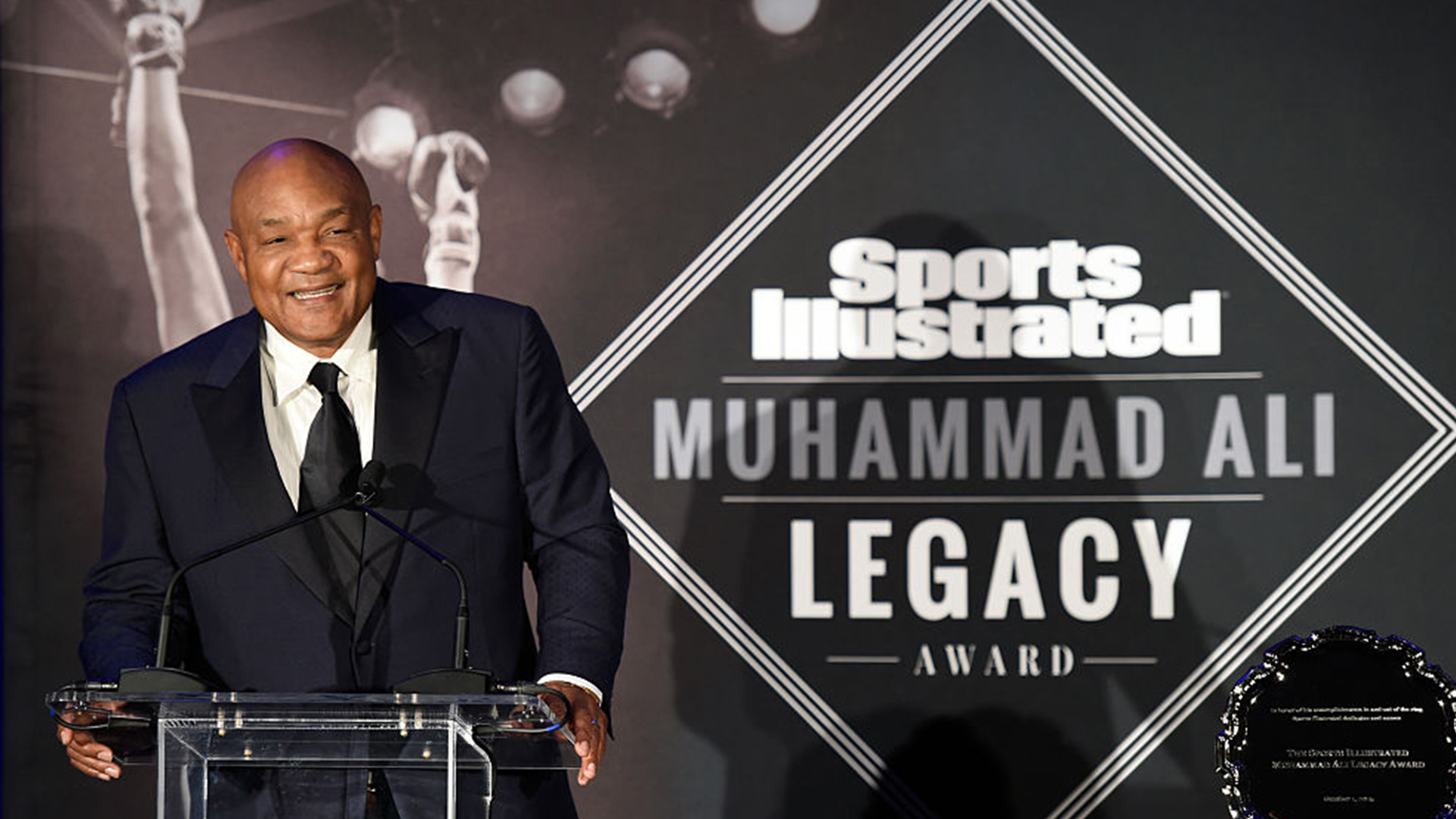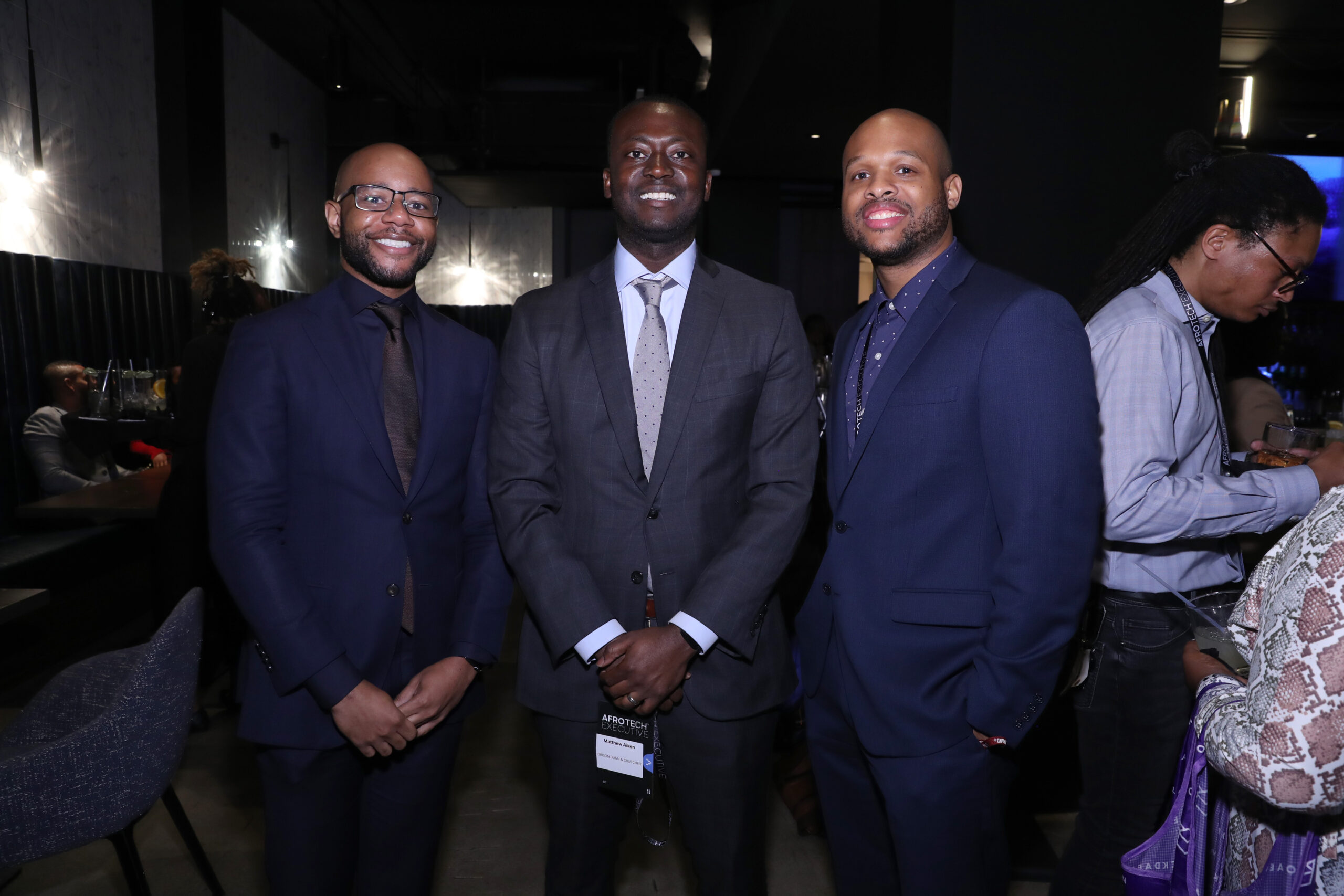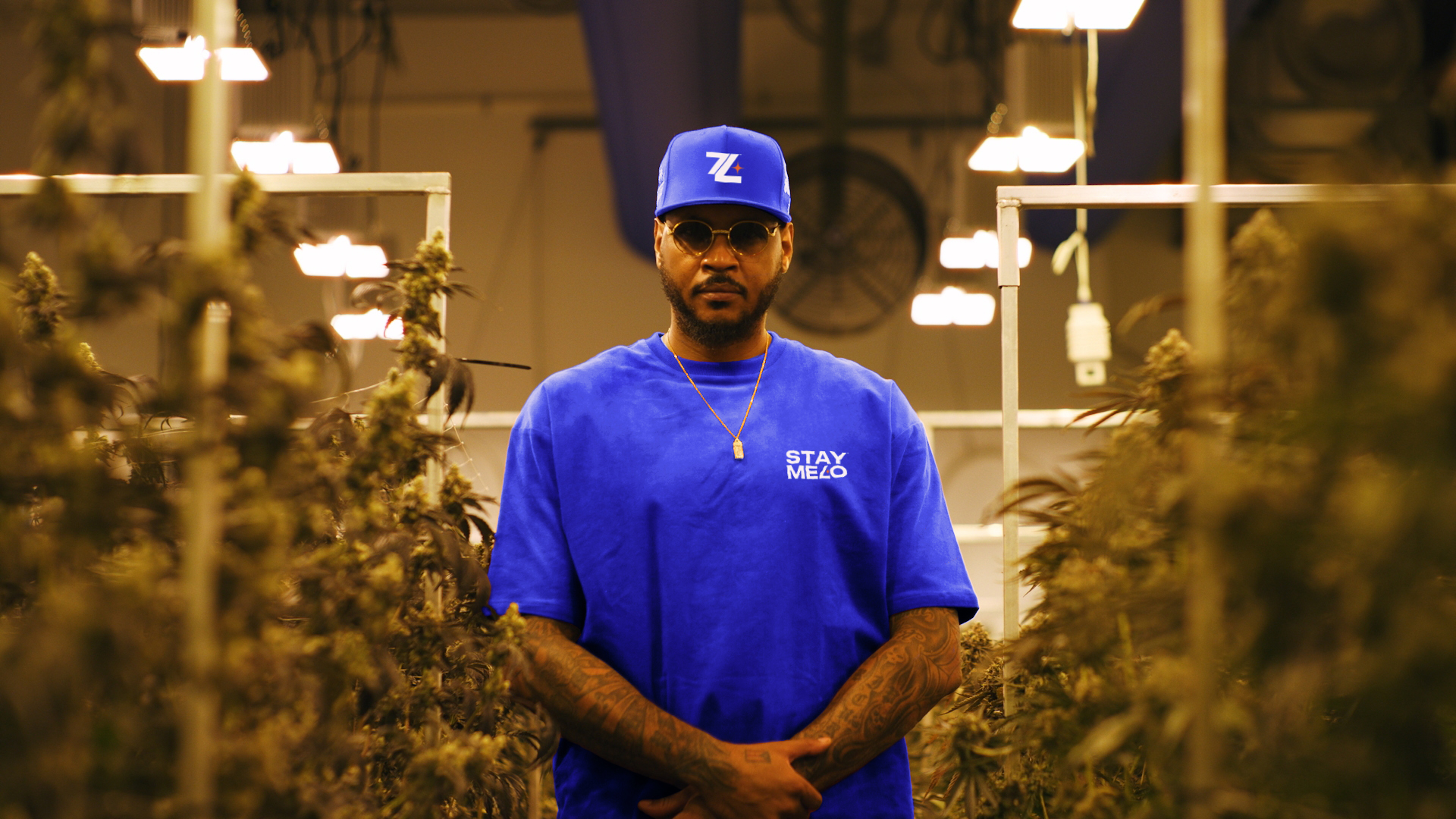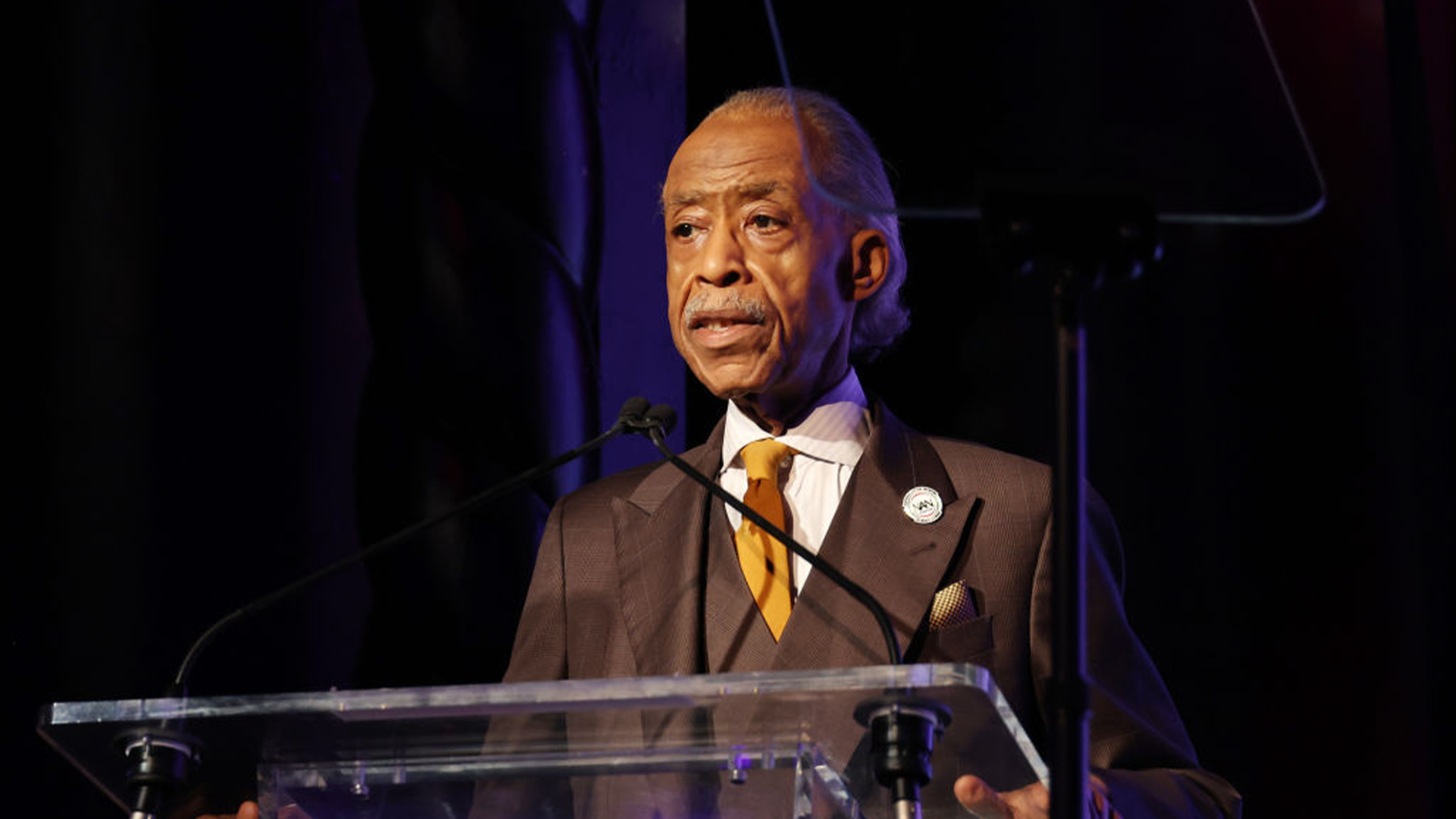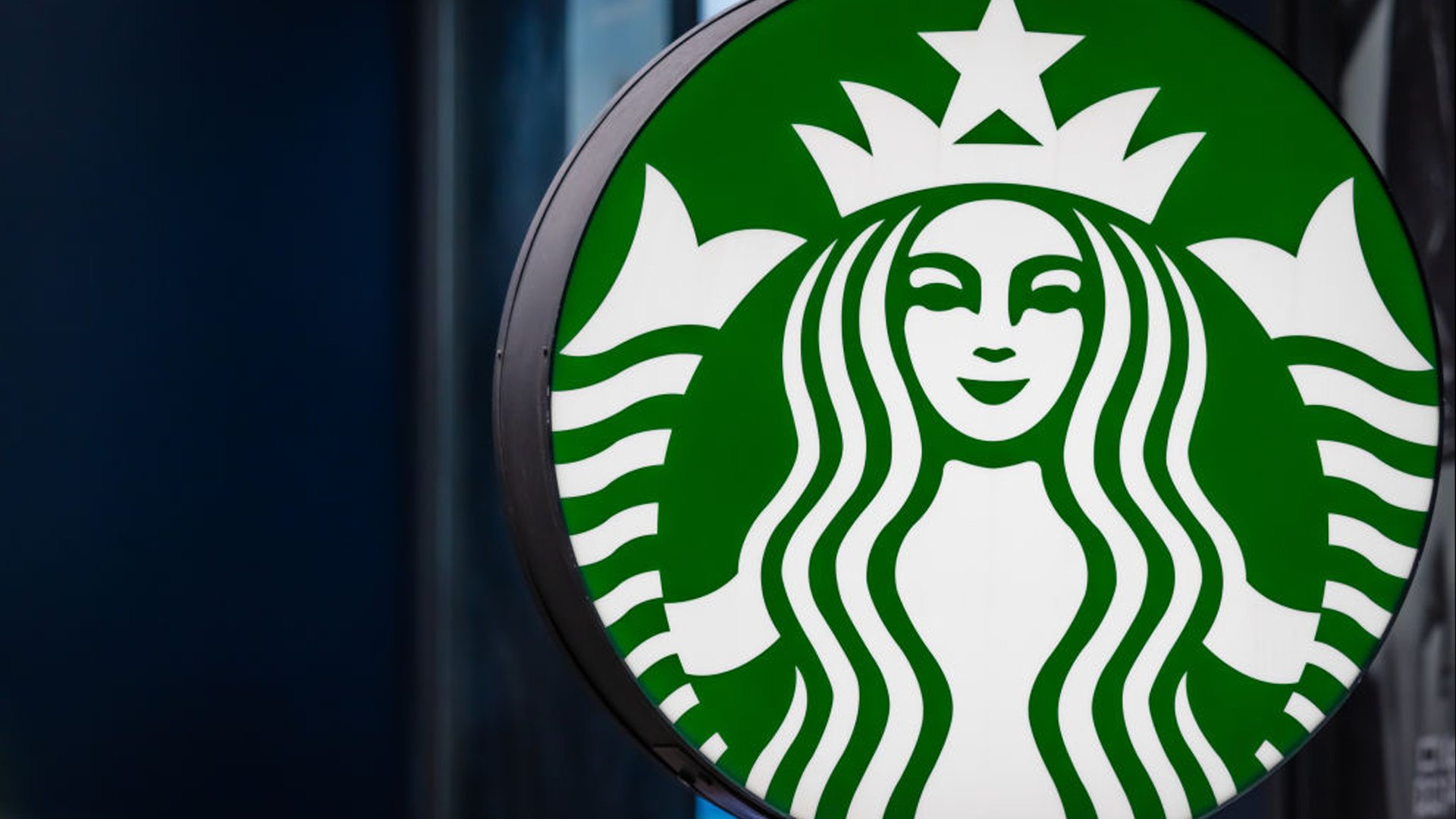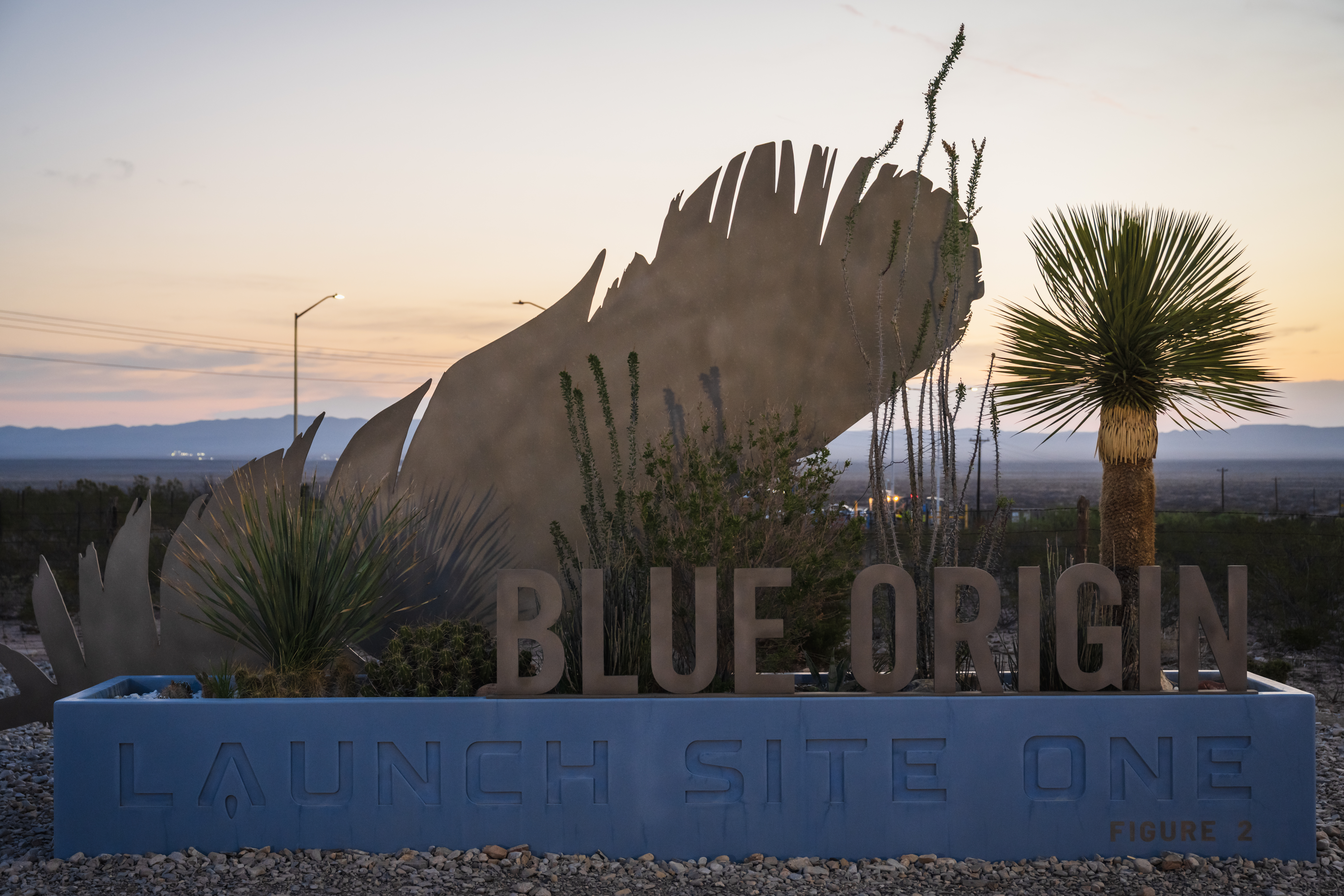George Foreman is an Olympic gold medalist, heavyweight boxing champion, and world renown athlete, who has become synonymous with unrelenting physical power in the ring. Since the mid 1990s, Foreman has also become synonymous with the deliciously simple pleasures of indoor grilling. Despite encountering a number of financial problems in his life, leading the boxer to file for bankruptcy in 1986, George Foreman’s net worth is comfortably sitting at an estimated value of over $300 million today, per celebrity net worth. Since retiring from life in the ring, Foreman has provided ringside commentary and analysis for boxing coverage on HBO, gone on to be ordained as a Christian minister, lent his credence to a number of brand and endorsement deals, and become inducted into the World Boxing Hall of Fame.
In order to understand how Foreman has amassed the impressive multi-million dollar nest egg he has today, we’ll have to examine his rise, his fall, and his return to form, resulting in a massive and diverse investment portfolio which Foreman can pass on to his 12 children. Without any further preamble, let’s examine George Foreman’s net worth and legacy.
Early Life & Career Origins
George Foreman was born in 1941 in Marshall, TX. Based on his website, he had a challenging upbringing that led him to engage in several street fights. However, he would get the opportunity to enroll in a Jobs Corp program where he met Doc Broaddus, a boxing coach. Once he began training, Foreman progressed rapidly, jumpstarting his professional career in 1969 after winning Gold in the 1968 Olympics amateur boxing competition.
The former heavyweight champion would see similar success in his professional career, earning a perfect record of 37-0, including 35 knockouts by 1972. From the years of 1971 through 1974, Foreman had not competed in a single fight that lasted longer than four rounds without a knockout or resounding victory. As a result, he became something of a boogeyman to other heavyweight boxers, with a reputation for dealing vicious, impossible-to-defend blows against his opponents.
Rumble In The Jungle
George Foreman’s record eventually came to an end with his most famous fight against Muhammad Ali in Zaire, commonly known as the Rumble In The Jungle. It cannot be overstated just how massive Foreman’s boxing reputation was at this point in time, as his previous two fights had seen him taking on undefeated heavyweight champion Joe Frazier and former heavyweight champion Ken Norton. Foreman bested both champions in only two rounds each, leaving him highly favored to destroy Muhammad Ali in the ring. Though Foreman ultimately lost the match against Ali, boxing fans, commentators, and peers of the couple were on the edge of their seats for weeks leading up to the landmark fight.
Retirement And Subsequent Ventures
Despite taking his first ever loss to Muhammad Ali, Foreman continued to fight for several years, besting opponents such as Ron Lyle, Scott LeDoux, and Joe Frazier in a rematch of their 1973 bout. However, Foreman’s loss to Ali had significantly colored his reputation in the boxing world, leading audiences far and wide to view the former champion as an antagonist in the ring. In 1977, Foreman experienced a religious awakening, and opted to quit boxing in favor of preaching at the Church of the Lord Jesus Christ in his home town of Houston.
As an ordained minister, George Forman committed himself to his family and his faith, and began supporting his community by opening the George Foreman Youth Center. The youth center, which was established to keep kids active and away from the clutches of drugs and gang violence, remains open in Houston, Texas to this day. Despite Foreman’s impressive moral heel-turn, the Wall Street Journal reports that by 1986, well into his ministerial career, the boxer was nearly bankrupt — losing almost all the money he saved from his time in the ring on investments into the youth center and other non-profit entities.
Bad Investments & Return To The Ring
While Foreman was an active boxer, he explained to The Wall Street Journal that he would take a percentage of his money and invest it to secure his financial future.
“When I first started making money from boxing, I put 25% of all my earnings into a trust fund,” Foreman told the media outlet. “I made other investments during that time, in cattle and gas wells, that I lost my shirt on, but I always had the trust fund. When I retired to become a minister, I survived on that money. I learned how important it is to have something to fall back on.”
Victories were great; but greater were the many hands I shook: President, movie stars. Athletes governor & wisdom from the construction and kitchen workers I met along the way. pic.twitter.com/s7vKdWFofK
— George Foreman (@GeorgeForeman) February 21, 2023
However, Foreman’s commitment to his causes and a change in the political landscape quickly shifted his economic environment. He returned to boxing, starting from more modest means than the lucrative career he once experienced.
“When I went back into boxing, Ronald Reagan had become president, and a lot of those investment benefits [tax breaks for the trust fund] had disappeared. I had to go out there and find some other way to invest my money,” Foreman said.
According to Forbes, he returned to boxing after suffering a $5 million loss in investments and was almost homeless. At this point, the former boxing champ had also grown older and out of shape. He was expected to lose in 1994 to Michael Moorer.
To everyone’s surprise, then 45-year-old George Foreman defeated Moorer, which sparked what Foreman considered the start of his sales career. He mastered the art of selling himself, which was the beginning of his trajectory back up.
Two things I will never forget about my Boxing career; How hard I could hit ( not proud of the first part) and how hard I was punched. I heard bells & Whistles while body collapsed pic.twitter.com/8PAfA7Ss1C
— George Foreman (@GeorgeForeman) May 24, 2022
The George Foreman Grill
After this monumental fight, Foreman was approached about using his name and likeness to sell a grill. Michael Boehm, the inventor of the Short Order Grill, sent Foreman a sell sheet and tooled prototype to consider, Entrepreneur reports.
AfroTech previously mentioned the details of this transaction, noting Foreman’s skepticism around the product.
“That was one of the happiest days of my business life,” Foreman told CNBC. “I lost my last professional boxing match, I’d received a check for $1 million for the grill.”
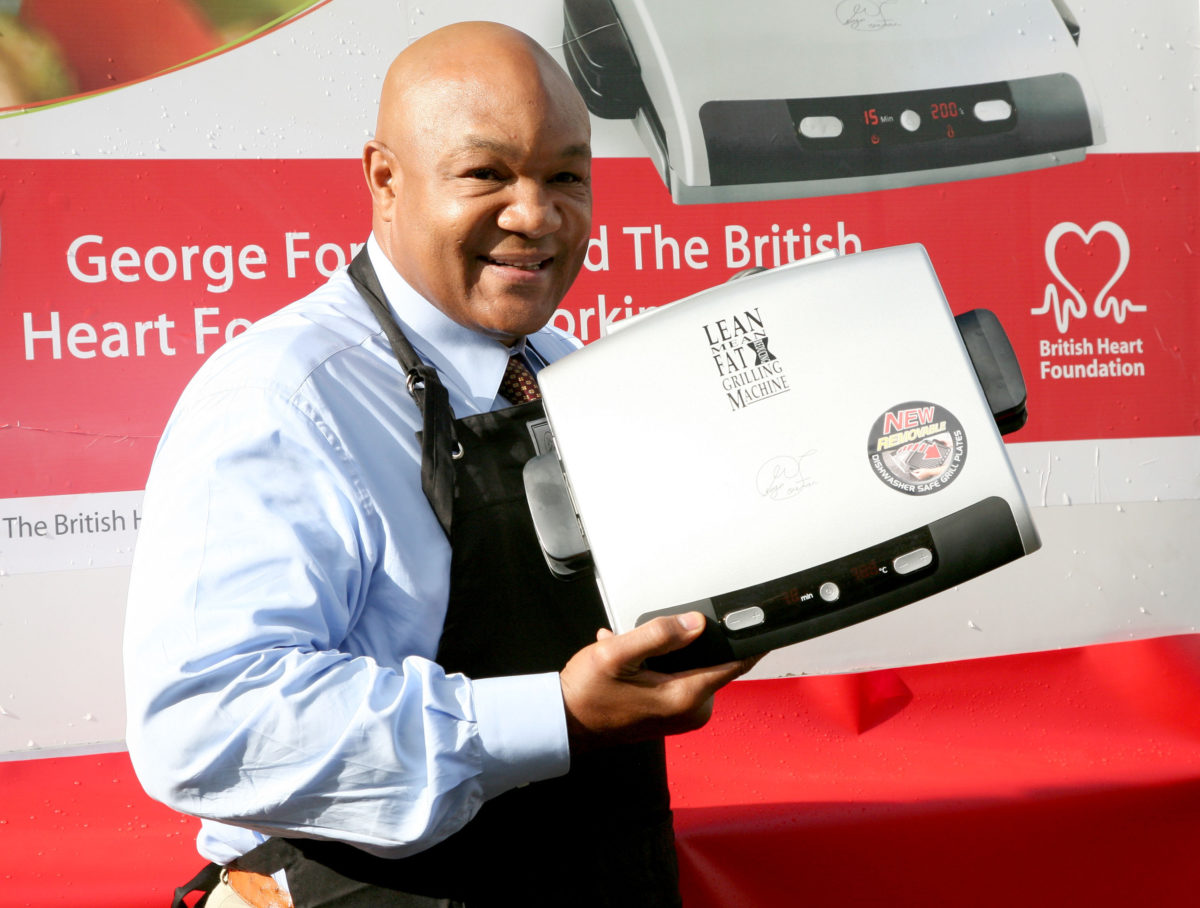
Foreman's Financial Return To Form
George Foreman’s deal with Salton should be studied by every business major and entrepreneur alive, as his financial margins on the indoor grill are some of the most stringent ever seen on this scale.
Foreman has never fully confirmed just how much money he’s made from the grill sales over the years, though we know he signed on for an unprecedented agreement of 40 percent of the profits on each grill sold. In the years since, the grill has moved hundreds of millions of units, with financial analysts estimating Foreman took in over $200 million through the endorsement alone.
The former heavyweight champion also appeared in commercials and other marketing for the George Foreman grills, further bolstering his net worth at every turn.
“There were months I was being paid $8 million per month,” Foreman previously told AARP.
Conclusion
The success of the small kitchen appliance would lead to Foreman becoming a partner and ambassador for brands such as Meineke, Pepsi, Doritos, and McDonald’s.
With hard work and ambition, he has been able to bounce back and amass an estimated $300 million net worth, with no signs of slowing or stopping.
